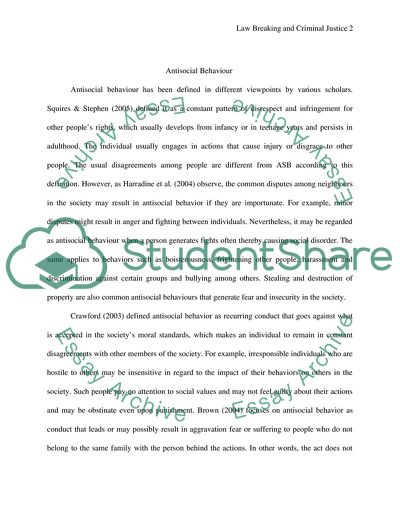Cite this document
(“Law Breaking and Criminal Justice Research Paper”, n.d.)
Law Breaking and Criminal Justice Research Paper. Retrieved from https://studentshare.org/law/1736471-law-breaking-and-criminal-justice
Law Breaking and Criminal Justice Research Paper. Retrieved from https://studentshare.org/law/1736471-law-breaking-and-criminal-justice
(Law Breaking and Criminal Justice Research Paper)
Law Breaking and Criminal Justice Research Paper. https://studentshare.org/law/1736471-law-breaking-and-criminal-justice.
Law Breaking and Criminal Justice Research Paper. https://studentshare.org/law/1736471-law-breaking-and-criminal-justice.
“Law Breaking and Criminal Justice Research Paper”, n.d. https://studentshare.org/law/1736471-law-breaking-and-criminal-justice.


